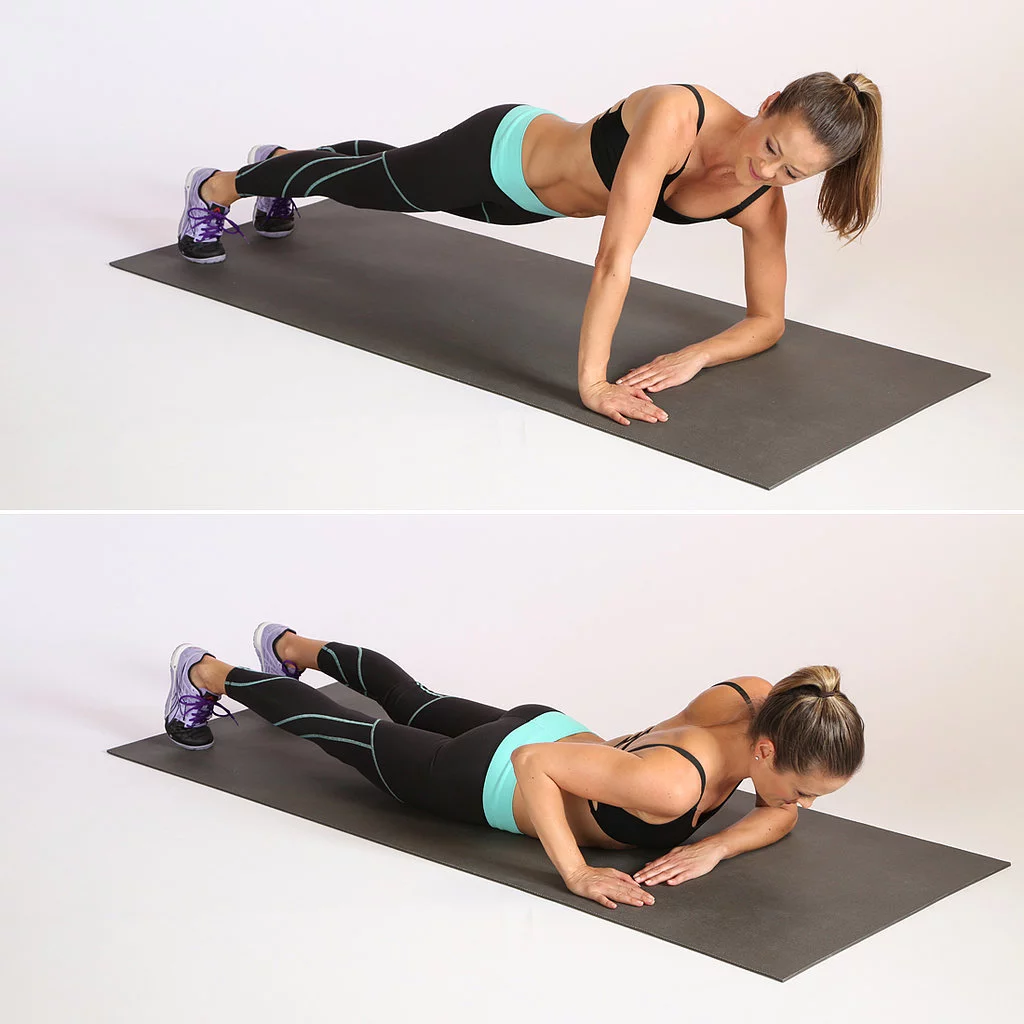Debunking the Myth: Building Muscle and Burning Fat
The fitness world buzzes with myths and one hot topic is whether building muscle can actually help burn fat. Let’s cut through the noise and get to the truth. Yes, building muscle can aid in burning fat, but they are not the same process. Here’s why: When you gain muscle, your body burns more calories, even at rest. More muscle means a higher resting metabolic rate. Yet, when we say “burning fat,” we’re talking about using fat as energy, reducing fat stores in the body. So, while they are connected, they are distinct processes. Building muscle and burning fat can happen together, with the right balance of exercise and nutrition.
Understanding the Relationship Between Metabolism, Catabolism, and Anabolism
To understand how muscle building helps burn fat, we must dive into metabolism. Metabolism is our body’s engine, driving all processes, including catabolism and anabolism. Catabolism breaks down molecules to release energy; anabolism uses this energy to build and repair. It’s a balance of these two phases that controls our body composition. For instance, during a workout, catabolism takes over, breaking down fat for fuel. Then, post-exercise, anabolism kicks in, building and repairing muscle fibers. By fine-tuning our diet and training, we can direct our body’s natural rhythm towards building muscle and reducing fat stores.
The Role of Enzymes in Muscle Building and Fat Loss
Understanding the role of enzymes is key for muscle building and burning fat. Enzymes act as catalysts for various metabolic processes in our bodies. They speed up chemical reactions that break down food into energy. This energy is what fuels muscle growth and fat loss.
Enzymes help convert carbohydrates and fats into usable energy forms. This process is vital for effective workouts and recovery. With the right enzymes at work, you can build muscle faster. They aid in the repair and growth of muscle tissues. When it comes to fat loss, enzymes play a part in breaking down fat cells. They ensure your body uses fat as an energy source, not just stores it.
Let’s not forget that your diet can affect enzyme function. Eating healthy and getting the right nutrients support enzyme health. In turn, well-functioning enzymes support your fitness goals. They make sure your body builds muscle and burns fat effectively.
In summary, enzymes are crucial in the transition of food to fuel. They support the two desired outcomes: muscle gain and fat reduction. By optimizing your enzyme function, you work towards a better balanced metabolism. This is where building muscle and burning fat can coexist and flourish.
Intermittent Fasting: A Strategy for Simultaneous Muscle Gain and Fat Loss
Intermittent fasting has emerged as a powerful approach to achieve muscle gain and fat loss at the same time. The method involves cycling between periods of eating and fasting. This cycle can influence our body’s hormone levels and metabolic state, promoting a conducive environment for building muscle and burning fat. By controlling the timing of your meals, you can manipulate your body’s natural processes to support your fitness goals.
Low Insulin Resistance and Its Benefits
Engaging in intermittent fasting can lead to lower insulin resistance. This means that your body becomes more sensitive to insulin, which is good for health. A body that responds well to insulin can better process glucose and nutrients, supporting muscle growth and energy use. Plus, lower insulin resistance comes with other health perks. It can cut down the risk of diabetes, heart disease, and even some cancers. These benefits make intermittent fasting not just a fitness strategy, but also a lifestyle choice with broad health implications.
Growth Hormone Production During Fasting and Exercise
Fasting, especially when combined with exercise, can elevate the release of growth hormone. This hormone is key for muscle development and fat metabolism. During fasting and exercise, growth hormone works to maintain and build lean muscle mass, while also helping to burn fat. As your body’s growth hormone levels increase, so does your potential to reshape your body composition. It’s like giving your body a double boost to achieve the twin goals of muscle building and fat reduction.
The ‘Leangains 16/8’ Approach to Intermittent Fasting
Intermittent fasting gains spotlight with its ‘Leangains 16/8’ method. This approach divides your day into a 16-hour fasting window followed by an 8-hour eating period. Its aim is to optimize the hormonal environment of your body. This setup supports muscle growth and fat loss simultaneously.
Planning Your Fasting and Eating Windows
When you adopt the ‘Leangains’ method, you plan your day around the two windows. Your eating window should match your daily routine. This flexibility makes it easier to maintain the fasting regimen over the long term. During fasting hours, you avoid calories. You drink water, tea, or black coffee instead.
Exercise Timing for Optimal Results
For best results, align your workout with the fasting period’s end. This timing lets your body burn more fat as it has used up its immediate energy stores. After exercising, your first meal provides the nutrients needed for muscle repair and growth. Ensuring you exercise right before breaking your fast can lead to enhanced fitness outcomes.
Essential Strength Training for Muscle Growth
Incorporating strength training into your routine is pivotal for muscle growth. When you engage in strength exercises, you create microscopic tears in muscle fibers. Your body then rebuilds these fibers, leading to muscle growth. Here are the fundamentals to consider in your strength training regime.
Key Elements of an Effective Strength Workout
- Consistent Workouts: Establish a regular training schedule, hitting the gym at least 3 times per week.
- Progressive Overload: Increase the weight or number of repetitions gradually to challenge your muscles consistently.
- Compound Movements: Focus on exercises that work multiple muscle groups at once, like squats and bench presses.
- Proper Form: Always prioritize correct technique to prevent injuries and ensure maximum muscle engagement.
- Adequate Recovery: Allow muscles time to repair and grow by getting enough rest and sleep between workouts.
- Balanced Nutrition: Consume a diet rich in protein and nutrients to fuel muscle repair and growth.
By adhering to these elements, you will build a solid foundation for muscle growth while helping your body burn fat more effectively.
Caloric Balance: The Determinant of Target Attainment
To achieve muscle growth and fat loss, caloric balance is vital. Here’s why: your caloric intake versus expenditure determines whether you’ll gain muscle, lose fat, or both. Eating more calories than you burn leads to muscle gain with potential fat gain. Conversely, consuming fewer calories than you burn promotes fat loss, possibly at the muscle’s expense. Finding a middle ground is key for simultaneous muscle gain and fat reduction. Practical and mindful eating, aligned with structured workouts, helps maintain this balance.
Long-term Strategies for Gaining Muscle and Reducing Fat
Building muscle and burning fat is a long-term endeavor. It doesn’t happen overnight. Here are some sustainable strategies:
- Monitor Your Diet: Keep track of your calories and prioritize whole, nutrient-dense foods.
- Exercise Regularly: Combine strength training with cardio for optimal fat burning and muscle growth.
- Rest and Recover: Give your body time to heal and grow stronger with sufficient sleep and rest days.
- Stay Consistent: Stick to your routine and adjust as needed for steady progress.
- Be Patient: Give your body the time it needs to adapt and change.
By focusing on these strategies, you’ll pave the way for a body that’s stronger and leaner in the long run.
Adapting Intermittent Fasting and Strength Training to Your Lifestyle
Intermittent fasting and strength training are powerful tools. They can help reshape your body by building muscle and burning fat. But, making them a part of your daily life is key. This means figuring out how these practices fit into your schedule and preferences.
Think about the ‘Leangains 16/8’ method. It involves fasting for 16 hours and eating for 8. You can adjust this window. Match it to your day-to-day activities for better success. Maybe you start eating at noon and stop at 8 PM. Or, perhaps an early bird schedule works better for you, like 9 AM to 5 PM.
Personalizing Your Fasting Schedule and Exercise Regimen
Tailor your fasting and exercise plans. Consider when you have the most energy during the day. That’s the best time to work out. If you’re not a morning person, don’t schedule a gym session at dawn. Choose a time when you feel strong and alert.
Your meal plan also needs personal touches. Say you exercise best on an empty stomach. Then, plan your meals after your workouts. If you need a pre-workout snack, make sure it’s light. The goal is to keep your energy levels up but not to disrupt your fast.
The idea is to create a routine that feels natural to you. This way, building muscle and burning fat won’t feel forced. It will simply be part of your lifestyle.







